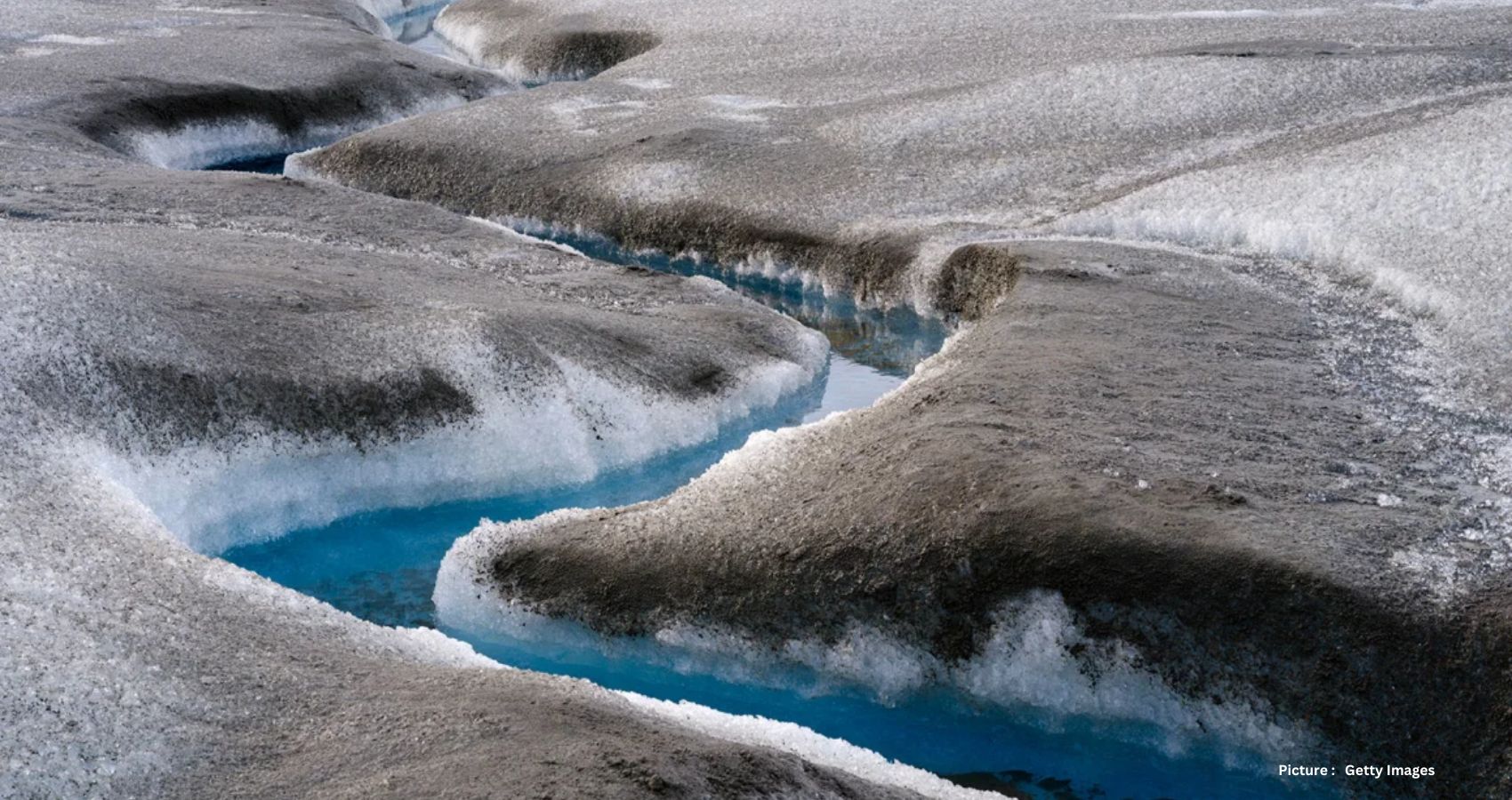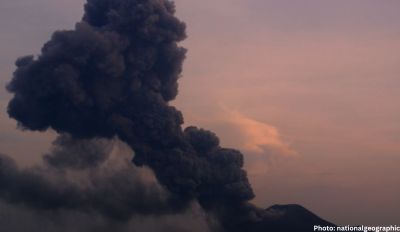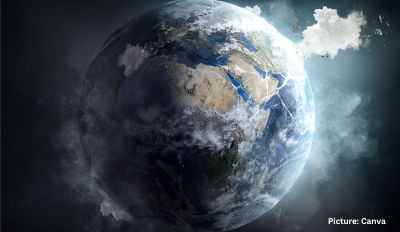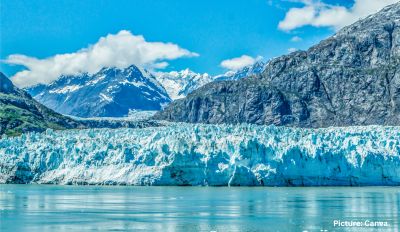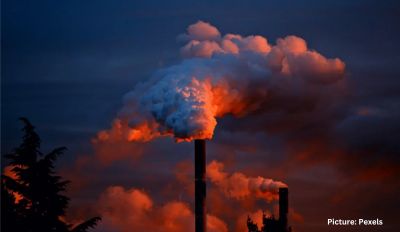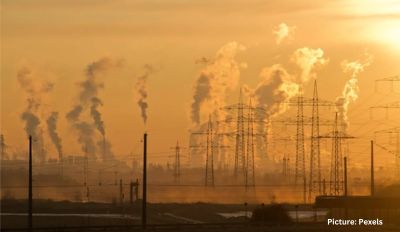The expanse of ice vanishing in Greenland over the last thirty years equates to roughly 36 times the size of New York City, a new study reveals. This area is swiftly transitioning into wetlands and shrubbery, as indicated by satellite analysis.
Between the mid-1980s and the mid-2010s, Greenland witnessed a twofold increase in vegetation. Previously glaciated regions now exhibit barren landscapes, wetlands, or shrub-covered terrains. Notably, wetlands expanded fourfold during this period.
Satellite imagery analysis unveiled a loss of 28,707 square kilometers (about 11,000 square miles) of ice across Greenland during the examined three decades. The researchers caution about a chain reaction of consequences with profound implications for climate change and rising sea levels.
Rising air temperatures have spurred ice loss, consequently elevating land temperatures. This has led to permafrost thawing, releasing greenhouse gases like carbon dioxide and methane, amplifying global warming. Moreover, permafrost melt induces land destabilization, potentially jeopardizing infrastructure.
Jonathan Carrivick, one of the study’s authors, highlights secondary effects stemming from ice loss, such as the proliferation of vegetation in previously ice-covered areas. He explains, “We have seen signs that the loss of ice is triggering other reactions which will result in further loss of ice and further ‘greening’ of Greenland, where shrinking ice exposes bare rock that is then colonized by tundra and eventually shrub.”
The disappearance of ice initiates a feedback loop. With less ice to reflect solar energy, more heat is absorbed, escalating land temperatures and exacerbating the cycle of melting. Moreover, increased water from ice melt in lakes absorbs more heat than snow, further raising land temperatures.
Greenland has experienced double the global average rate of warming since the 1970s, suggesting more extreme temperatures in the future. As the world’s largest island, mostly covered in ice and glaciers, Greenland sustains approximately 57,000 inhabitants, predominantly indigenous peoples reliant on natural ecosystems for sustenance.
Lead author Michael Grimes emphasizes the adverse effects of sediment and nutrient runoff into coastal waters, particularly for indigenous communities dependent on fishing and hunters in other regions of the island. He states, “These changes are critical, particularly for the indigenous populations whose traditional subsistence hunting practices rely on the stability of these delicate ecosystems.”
Furthermore, the loss of ice mass in Greenland significantly contributes to global sea level rise, posing substantial challenges presently and in the future.

